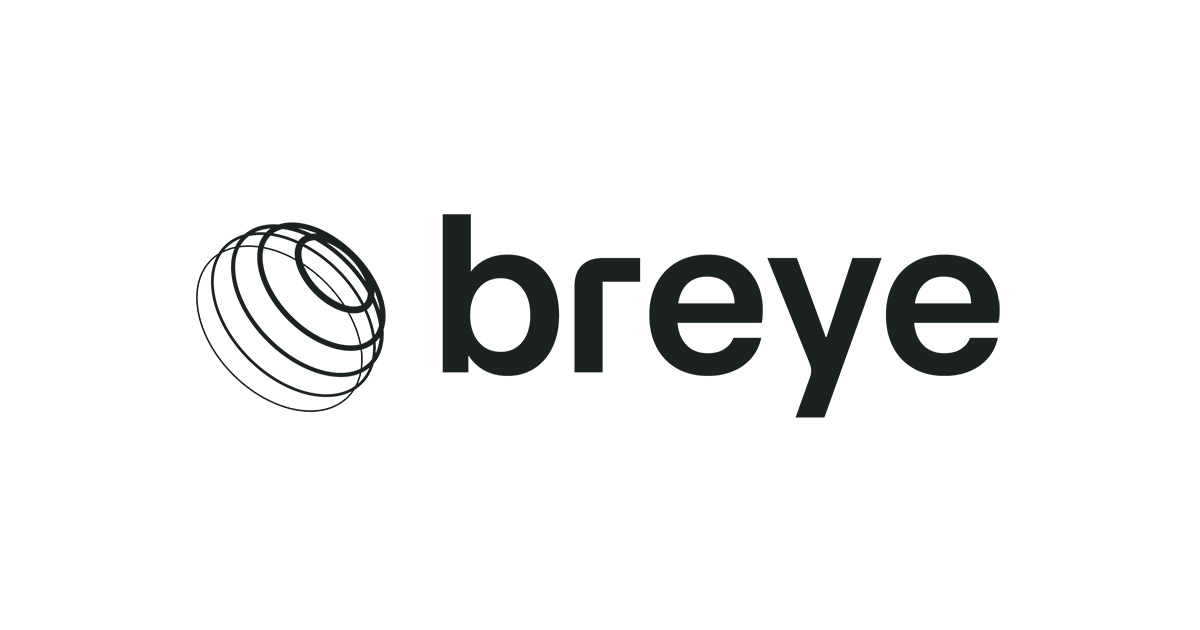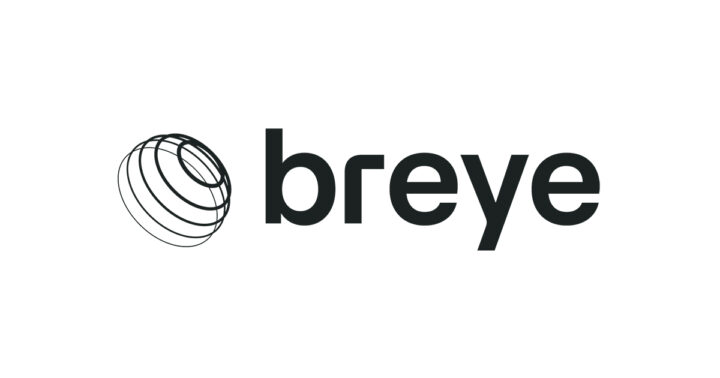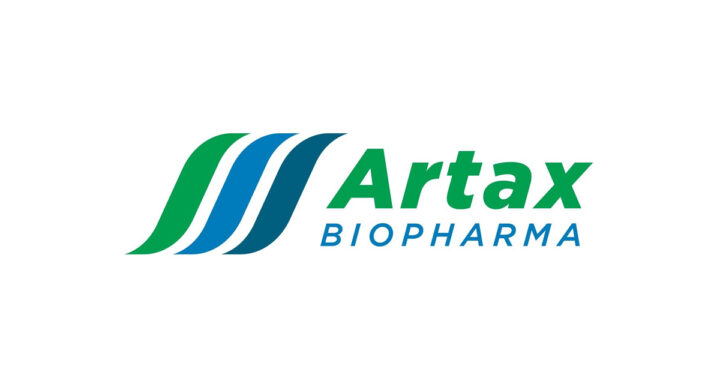Dr Burian said oral therapies can also function in conjunction with therapies currently on the market.
In late July, biotech incubator Golgi Neurosciences S.r.l. and biopharmaceutical company Breye Therapeutics ApS announced their collaboration to develop the P2X7 receptor antagonist programme. Breye Therapeutics, a clinical-stage pharmaceutical company focused on the development of novel oral therapies for retinal diseases, described the P2X7 receptor as “an ATP-gated ion channel” and “a key inflammation switch.”1 Inflammation is a major aspect of the pathogenesis of diabetic retinopathy (DR) as well as age-related macular degeneration (AMD), primary causes of vision loss among working-age and elderly adults.
Gabriela Burian, MD, a member of the Breye Therapeutics board of directors, said the P2X7 receptor antagonist programme follows the lead of similar research in neuroscience, immunology and inflammatory diseases like rheumatoid arthritis. “Biologically, the cellular cascade of inflammatory cytokines occurs in all these tissues, as well as in the retina,” Dr Burian said. “In the retina, that means cellular incapacity to perform its function, which ultimately leads to vision loss.” Dr Burian said a treatment model that borrows from existing inflammation-based protocols could help ophthalmologists execute earlier interventions in AMD and DR. “Macular degeneration and diabetic retinopathy can be diagnosed and are diagnosed before [vision loss], with signs of inflammation represented by small vascular leakages and hemorrhages, lipid deposits and areas of atrophy. But there are no treatments yet for these disease stages,” she said.
Dr Burian referenced patient groups impacted by DR- and AMD-related vision loss to demonstrate the benefits of an oral therapeutic for retina care. In the case of both populations, consistent access to existing treatment protocols can be stymied by many factors. “Oftentimes the treatment is not received because the patient cannot make it to the clinic for reasons unrelated to the disease, but centred around their social situation,” Dr Burian said.
For many patients with AMD, access to a clinic is dependent on family members or social services, which can be inconsistent. Patients with diabetes are often juggling other medical appointments while trying to treat retinopathy, placing considerable strain on their schedules and budgets. “These are multimedicated patients, and they have difficult things to prioritise,” she said.
With these accessibility benefits in mind, Dr Burian said, oral therapies can also function in conjunction with therapies currently on the market. “They’re likely to be complementary with anti-VEGFs and complement inhibitors, as current therapies address a different biological pathway and disease stages,” she said. She also emphasised that the interventional opportunities created by neurology’s “biological overlap” with ophthalmology extend beyond molecular therapies like P2X7.
Other cross-specialty developments, such as in the imaging space, serve to further optimise the DR/AMD treatments as well as patient burden reduction.
Reference
Golgi Neurosciences and Breye Therapeutics announce successful closing of P2X7 receptor antagonist program transfer. Breye Therapeutics. Published 25 July, 2023; Accessed 15 August, 2023. https://golgineurosciences.com/golgi-neurosciences-and-breye-therapeutics-announce-successful-closing-of-p2x7-receptor-antagonist-program-transfer/
Gabriela Burian, MD
Dr Burian has over 25 years of experience in clinical research, including former positions at Roche and Novartis. She is a member of the Board of Directors at Breye Therapeutics.
This article was originally published on https://europe.ophthalmologytimes.com (October 2023 by Hattie Hayes).
Read more here Breye Therapeutics



